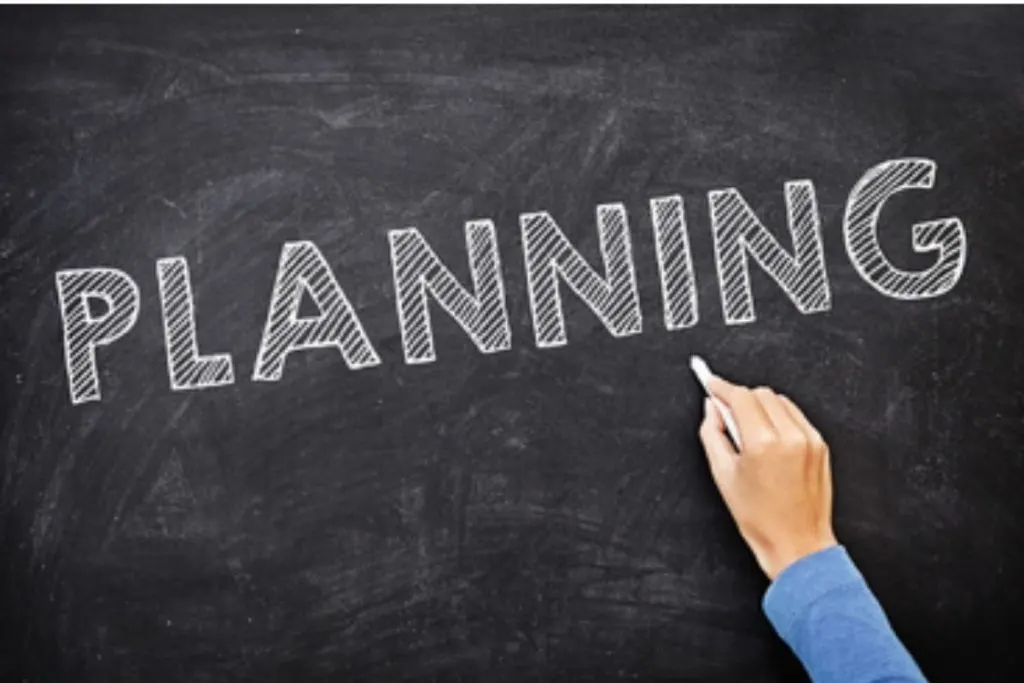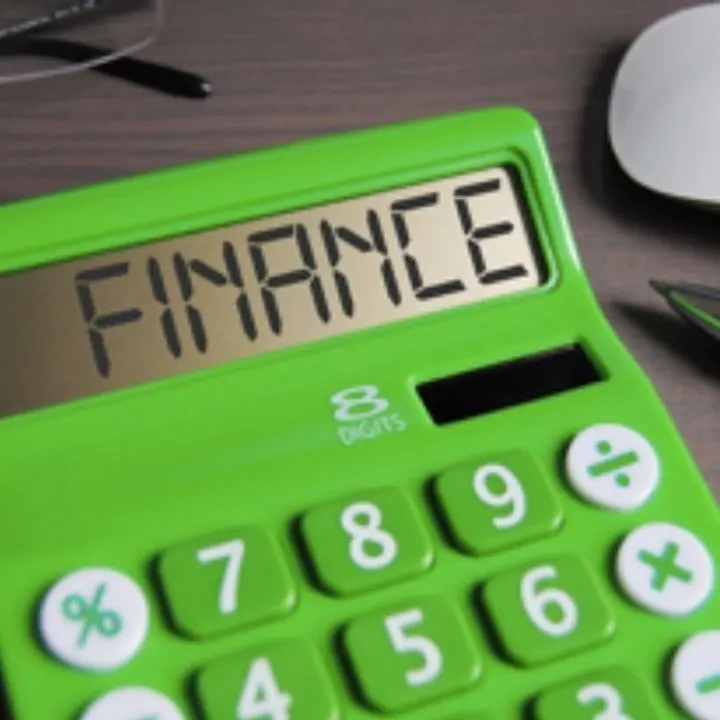New Year’s resolutions can come off as silly and arbitrary, but done the right way, they can also become much more. Make a solemn resolution, and approach it seriously, and it’s possible to find a point after which you can enact profound and beneficial change. One of the best targets of such an idea is better financial responsibility, either to save for something special or just reign in general spending. Taking a look at a few helpful tips, we want to explore how our readers might prepare for this in 2022, and what steps they could take.
Run the Calculations
As tempting as it can be to jump into wider changes at the stroke of midnight, beginning without a firm idea of costs is a non-starter. Starting in 2022 means achieving a full understanding of your situation in 2021, in every possible way. What are you expecting to take home next year, and how much could you lose through unexpected costs? What is the cost of necessities you face each month, and how much do occasions like birthdays add to the total? Determining how to save money means calculating the total difference between income and necessities, and then more clearly defining your money-saving goals.
In a survey of more than 2,000 adults, the most common financial goals included paying off credit card debt, saving for an emergency fund, and reducing the amount spent on frivolous purchases. These can all be challenging, but they’re also clearly defined goals, and since you can define them objectively, the right plan becomes that much more achievable.
Rules and Practice
Rather than leaping into a new plan full-steam ahead, it’s best to understand that there’s going to be a teething period, so you can ease yourself into a resolution. As humans, we’re creatures of habit, and we generally don’t respond well to this habit seeing significant fast-paced changes.
For an example of this, consider if you plan to save a certain amount of money by the end of the year. In the adjustment period, it can be a better idea to slowly ramp up to larger savings over the first couple of months. Still try to save more than your minimum, but understand that there can be unexpected hurdles to adjust to along the way. This way, you’ll become better acclimated to the inevitable small failures, and learn not to become dispirited by them. Failure is, after all, a great teacher.

Once you have a plan in mind, and you understand that setbacks are inevitable, you need to go through the steps so you can keep an objective measure of your progress. A written journal can be a real help in this regard, not just in terms of numbers, but to also record the lessons and ups and downs you experience along the way. Too often we can miss little patterns that arise out of forgetfulness and having a hard data copy can help alleviate this problem.
After this point, it’s a matter of doing your best and staying diligent. Remember that no great financial stability comes without a lot of effort, but this effort will inevitably become easier over time. Stick with it, and at the end of the year, you could have a mark of pride to look back on.

